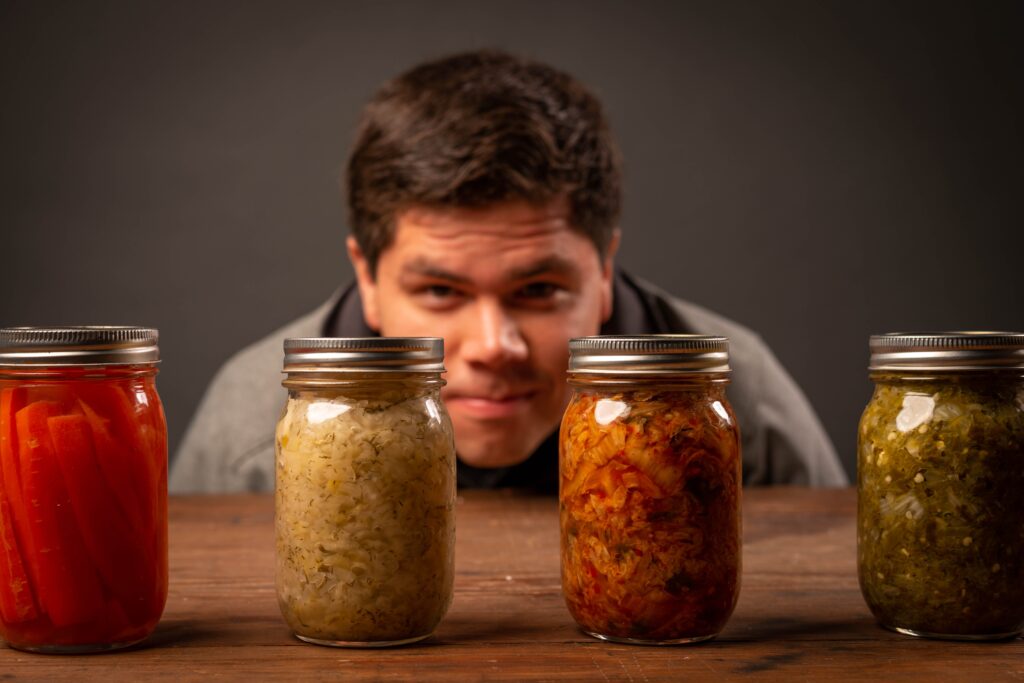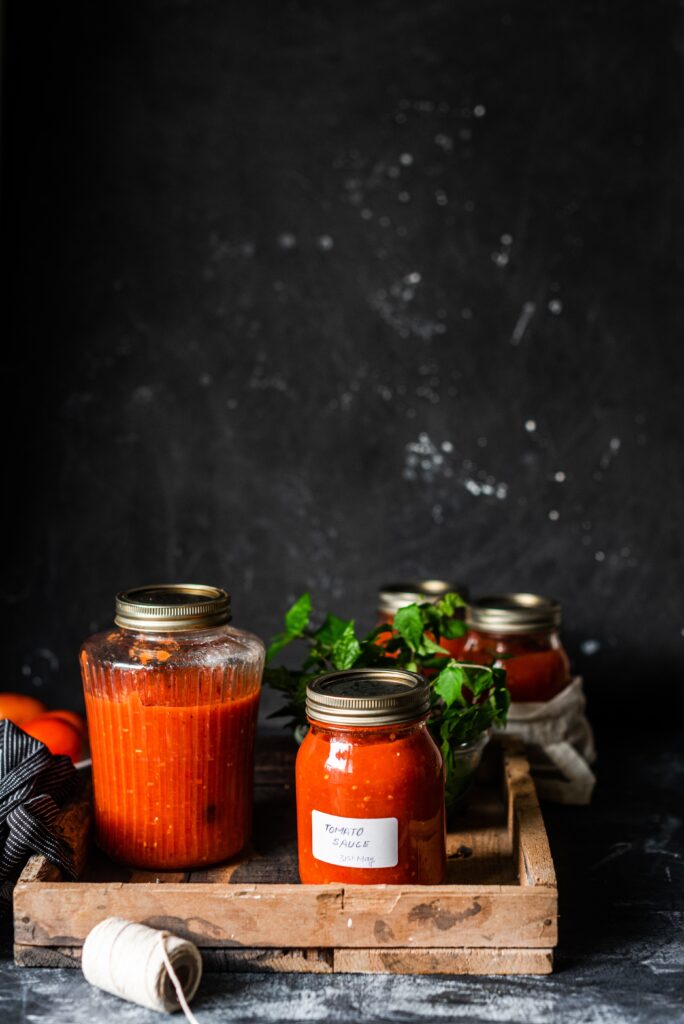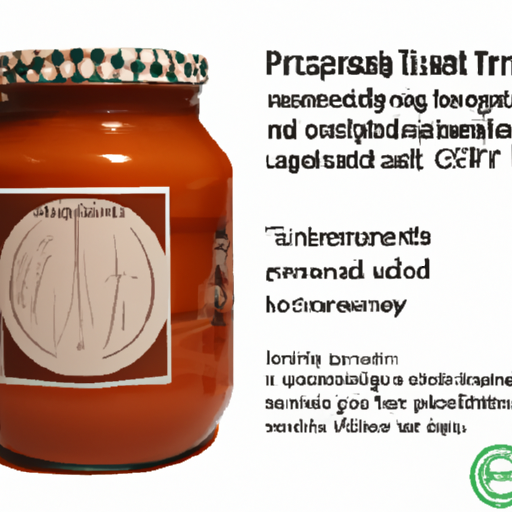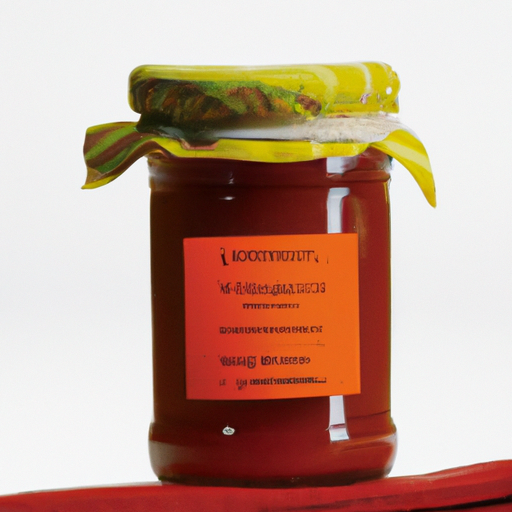Imagine you’ve just finished pressure canning a batch of delicious homemade preserves. You’ve followed the recipe to a T and now you’re left with a row of perfectly filled mason jars. But how can you be sure that each jar is properly sealed? In this article, we’ll explore the telltale signs that indicate a jar has been successfully sealed after pressure canning. From the satisfying “pop” of the lid to the absence of any leakage, we’ll guide you through the signs that will give you peace of mind and ensure you are storing your canned goods safely.
Signs of a Properly Sealed Jar After Pressure Canning
Pressure canning is a fantastic method of preserving food that allows you to enjoy the flavors of summer produce all year round. But how can you be certain that your jars are properly sealed after the pressure canning process? In this article, we will explore the signs to look for to ensure that your jars are sealed correctly. So let’s dive in and discover the key indicators of a properly sealed jar!
1. Visual Inspection
The first sign to look for is a visual inspection of your jars. Once you remove them from the canner and they have cooled completely, carefully examine the lids. A properly sealed jar will have a concave or flat lid. This means that the lid is pulled downward, creating a vacuum seal between the lid and the jar. On the other hand, if the lid is still raised and easily pops up and down when pressed, it is a clear sign that your jar is not properly sealed.
2. Lid Indicators
Another clue to determine a properly sealed jar is by analyzing the lid itself. Ideally, the lid should be clean and free from any food residue or signs of leakage. If you notice any discoloration or sticky residue on the seal of the lid, it could indicate that the contents of the jar have been compromised. Additionally, inspect the lid for any signs of rust or damage. A damaged lid can hinder the proper sealing process and poses a risk to the overall integrity of your preserved food.

3. Lack of Movement
When you gently press your finger on the center of the lid of a properly sealed jar, there should be no movement or give. The lid should feel firm and secure, indicating that the contents inside have undergone a successful pressure canning process. On the other hand, if the lid moves down or makes a popping sound when pressed, it is a clear indication that the jar has not sealed properly, and the contents may be at risk of spoilage.
4. Vacuum Seal
One of the most reliable signs of a properly sealed jar after pressure canning is the presence of a vacuum seal. You can test this by removing the band or ring, which secures the lid, and gently lifting the jar by holding only the edges of the lid. If the lid remains firmly in place without detaching, it means that a vacuum seal has formed inside the jar, ensuring the long-term preservation of the food. However, if the lid detaches easily, it indicates that no vacuum seal has been established, and the jar should not be considered properly sealed.

5. Auditory Clues
Believe it or not, your ears can also provide valuable clues about the success of the pressure canning process. After removing the jars from the canner and while they cool down, you may hear a distinct popping or hissing sound. This sound, often referred to as a “ping,” is a good sign as it indicates that the lid is being pulled down as the contents cool, creating a vacuum seal. Be attentive to these auditory clues as they can help you confidently determine if your jars are properly sealed.
6. Firmness of Lid
While inspecting the lid visually is important, it is also crucial to consider its firmness. A properly sealed jar will have a lid that is slightly concave and does not flex when pressed. Gently press on the center of the lid with your finger. If it feels solid and does not move, you can be assured that the jar is sealed correctly. However, if the lid is spongy or flexes when pressed, it may indicate that the seal has not properly formed, and the contents of the jar could be at risk of spoilage.

7. Absence of Bubbles
When you examine the contents of the jar through the glass, you should not see any bubbles or signs of movement. A properly sealed jar will have clear liquid or brine, with no visible signs of gas or fermentation occurring inside. Bubbles or cloudiness in the liquid could indicate that the contents are not properly sealed and may have been contaminated. It is essential to carefully inspect the contents of the jar to ensure the success of the pressure canning process.
8. Check for Leakage
After the jars have cooled completely, it is important to check for any signs of leakage around the lid and the seal. Look for any sticky or wet residue on the outside of the jar, as well as on the sealing surface of the lid. If you notice any leakage, it is a clear indication that the jar has not sealed properly, and the contents may be compromised. It is crucial to discard any jars that show signs of leakage to prevent the risk of consuming spoiled food.

9. Visual Inspection of Contents
Aside from examining the success of the seal, it is equally important to visually inspect the contents of the jar. Look for any signs of spoilage, such as mold, discoloration, or unusual texture. Additionally, pay attention to the clarity of the liquid or brine. The contents should appear fresh and vibrant, with no visible signs of decay or degradation. If you notice any abnormalities in the appearance or smell of the food, it is best to err on the side of caution and discard the jar.
10. Shelf Life Expectancy
Lastly, it is essential to have an understanding of the shelf life expectancy of properly sealed jars after pressure canning. While the process of pressure canning prolongs the shelf life of preserved food, it does not make it indefinitely safe for consumption. Most properly sealed jars can safely be stored for up to one year, retaining the quality and nutritional value of the contents. However, it is crucial to use your best judgment and adhere to specific guidelines based on the type of food you have preserved. Always label jars with the date of canning to keep track of their shelf life.
In conclusion, properly canning your food is not only a great way to preserve the flavors of the season but also ensure that you have a safe and healthy food supply throughout the year. By following these signs of a properly sealed jar after pressure canning, you can have peace of mind knowing that your preserved food is safe to consume. Remember to inspect the jars visually, check for lid indicators, observe the lack of movement, look for a vacuum seal, listen for auditory clues, assess the firmness of the lid, watch for absence of bubbles, check for leakage, and visually inspect the contents. By following these guidelines, you can confidently enjoy your home-canned goodies for months to come!

